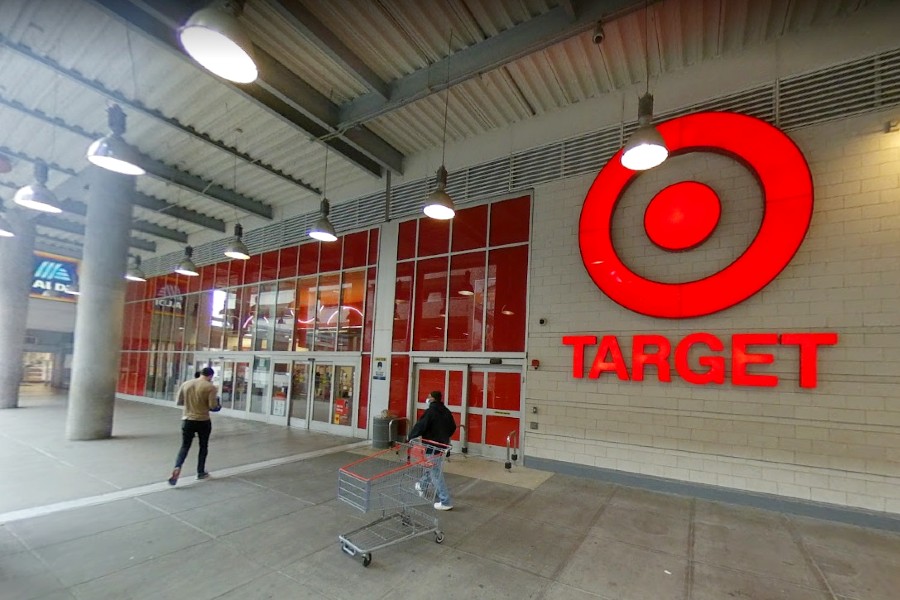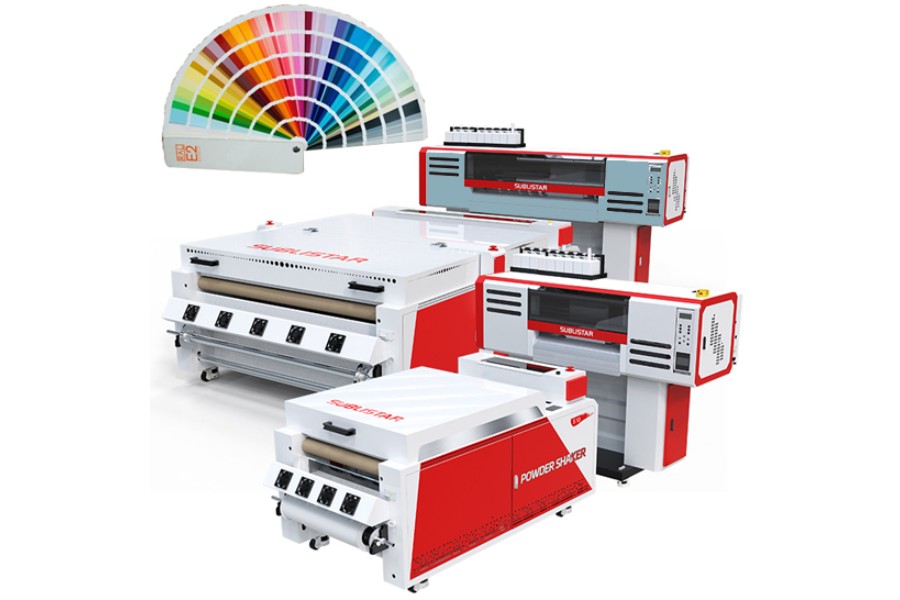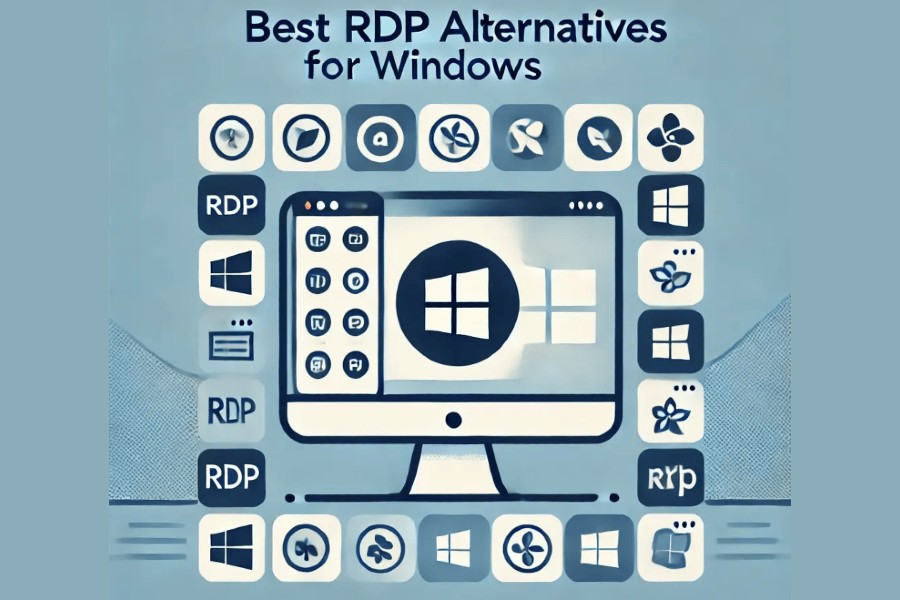
Electronic Shelf Label (ESL) technology is gaining acceptance and momentum in the retail industry, ending the era of paper price tickets.
Updates must be sent to each store for traditional paper-based pricing, and staff must print and promptly place labels accurately. This indicates that responses to initiatives or price changes from headquarters take at least 24 hours to complete and must be more consistent across a network of stores. Retailers can powerfully refresh costs across their organization at the bit of a button with 100 percent exactness. ESL technology has entered a new era with low-cost, low-touch Radio Frequency (RF) communication technology. Retailers now have a simple and affordable way to update pricing on the shelf edge with ESLs. An RF communication device can send prices programmed into the store’s POS system or Head Office. This device sends a message to the electronic shelf labels and updates the price display. After that, compliance reports are returned to the point-of-sale system to ensure that all prices have been paid. Retailers now benefit from label formats and functionality enhancements, such as segmented dot matrices and electronic paper. ESLs can do more than show prices; they can also reduce labor and printing costs associated with price changes. They can also increase shopper influence at the point of sale, allow retailers to use dynamic pricing strategies focused on maximizing margins, carry out time-of-day pricing activities, and remain competitive and proactive in a highly volatile market.
Segmented Dot Matrix labels are low-cost, intelligent labels that meet various retail requirements. There are two different ranges of labels available. The SDM line of labels, developed in Australia, can store 31 other information packets, display unit pricing, and have a text chain, scroll, or flash on the top line. They can add value to a retailer by automatically changing prices and capturing, storing, and displaying a variety of data from the store POS system, making retail operations more efficient. The store can improve stock control and order fulfillment by automatically updating sales and stock-on-hand data.
A stock-on-hand file, for instance, can be sent to all labels by a store doing a stocktake. This element enjoys the benefit of helping store staff to count precisely and approve the stock available means something negative for the store’s stock framework.
Epaper names known as EPOPs (Electronic-place to checkout) have been created in the UK and are the most recent in electronic rack marking innovation development. In a profoundly severe retail climate having the option to catch a customer’s eye at the place to check out is a vital component to deal accomplishment for a retailer. Electronic shelf labeling made of paper were created with the idea that 70% of purchases are made at the shelf edge.
These LCD labels enable rich images, pricing, and product information to be displayed using the most recent Zenith bistable display technology, allowing maximum customer interaction.
Retailers will appreciate EPOP’s ability to display and automatically update images, which enables dynamic cross-selling of additional products, advertising specials, and branding in greater depth than ever before. Additionally, the capabilities of image display make it possible for retailers to earn extra revenue by on-selling advertising or branding space to suppliers, allowing suppliers to communicate directly with their target markets.
The pricing paradigm is about to change now that the SDM and EPOP electronic shelf labels are available and the Bounce Communicator RF platform can communicate immediately. The dynamic capabilities of the systems and tags can be integrated with marketing specials, promotions, and price promises in retail pricing, which is at the forefront of a new era.
For instance, ‘season of – day’ or ‘occasion’ driven evaluating can be customized by explicit advancements on specific items or classes.
Retailers can now capitalize on driving customer flows and behavior while increasing underlying gross profit margins by implementing creative and strategic programs that tie in with shopper buying patterns and are no longer limited to static pricing.
Now, retailers can use the savings from electronic shelf labels to reinvest in better customer service and merchandising. ESLs are just as important, if not more so because they provide the initiative and opportunity to create applications and strategies that enhance customer influence, experience, and interaction and result in both short-term and long-term growth.
Making a decision can be difficult because there are more than two hundred designs of custom lunch bags, customized tiffin box, and totes. When purchasing custom lunch bags, many factors need to be considered, including the kind, color, and material that will appeal to your intended audience. How quickly you want your customized lunch packs, boxes, and sacks should likewise be considered. For your next promotional giveaway, this guide will answer all your questions about personalizing lunch bags, packages, and totes.
There are numerous advantages to using promotional products to promote your business. For instance, according to a recent ASI study on ad impressions, consumers are nearly 2.5 times more likely to have a favorable opinion of promotional goods than online advertisements. Even though we are amidst modern times, special items are more significant to clients. According to a different case study conducted by PPAI, 8 out of 10, customers prefer to share a promotional article with others rather than keep it for themselves, ultimately expanding the brand’s reach. The evidence is in the numbers! Presently, continue to look to figure out how to tweak your perspective great marked lunch sack.
Old brown paper bags were frequently used as lunch bags at one point in time. But new lunch boxes that are better and work better have been made, and customers can choose from various colors, designs, and sizes.
The idea of a lunch box was first birthed around the 1880s. Back then, it was common for older men to carry bags containing the essentials for the day as they went about their daily lives. The schoolchildren made similar caddies out of empty cookies or tobacco tins to imitate their fathers.
The empty tobacco tin was a popular lunchbox from the late 1800s to the early 1940s; additionally, these metal containers were strong enough to withstand harsh environments in factories, mines, quarries, and construction sites.
The first officially licensed lunch box for commercial distribution was introduced by Thermos Bottle Company in 1920. The metal box had a dome-like shape, a leather handle, and was made of metal. However, due to a lack of technological advancement, this lunch box could have been more effective at keeping food at the desired temperature.
Since their inception, lunch boxes have come a long way. Numerous designs and procedures have been phased out and replaced with new ones. One of these is the body designs and materials they are made of. Numerous modern businesses have revolutionized the lunch box design by introducing groundbreaking innovations and quality to the market.
Distributors of medical supplies Many people who require daily in-home care are looking for distributors of medical supplies who can be found online. However, it is unrealistic to expect that all online distributorships will provide products and services of the highest possible quality; the reality is that some are superior to others and even more legitimate than others. It is essential to remember that the expansion of the healthcare industry directly impacts the manufacturers and distributors of medical supplies. As a result, many of these businesses may emphasize making money more than providing care, mainly if there are shareholders to please.
Some web-based clinical stockpile wholesalers anyway are more human and are not enterprises… these are, by and large, run online by the people who have gone through years or even a very long time in the field of medication and genuinely want to give excellent supplies to the individuals who need them, and at reasonable costs. How about we go more than a couple of things that a wholesaler ought to propose before we pick them…
A few characteristics which a clinical stockpile merchant ought to have:
The best medical supply distributors are those run by people who have a genuine concern for people because they have worked in the medical field for a long time rather than decades as a board member of a group of shareholders. If you can find such an ideal distributorship, then, at that point, that is genuinely wonderful. Leaving all of that aside, let’s take a look at a few things to look out for when looking for a reliable distributor:
#1. Not an Affiliate but a Brand Name… Good distributors of online medical supplies need to have a well-known brand name, not just work as affiliate marketers for a few other businesses. Purchasing supplies from a branded medical distributor is common, straightforward, and sensible. A well-known brand name indicates that a company’s reputation is at stake and is worthy of earned trust. It ensures you will receive excellent and reputable service from a reputable business. Check with the Better Business Bureau to see if a company is trustworthy if you are unsure.
#2. The Website’s Authenticity, The distributor’s online supply website must be authentic, not owned by an affiliate, and located on a safe and secure internet server. It must be owned by the company alone. There are, in fact, a lot of online look-alike medical supply websites with company names that look very much like those of well-known and established brands. Keep an eye out for them and ensure you’re dealing with the real deal by being cautious and wise.
#3. They Need to Have a Reasonable Return Policy… Research the terms of your distributor’s return policies for medical supplies. Is their policy reasonable and sound if you ever need to return something? Avoiding online clinical merchants who deal “discounts” as “credit focuses” towards future buys is ideal. If you need to request a “refund,” this would be an additional option for getting your money back, but not as a separate type. Visit medicalkemei to get medical supply distributors list from their brand.
#4. They Should Accept Multiple Payment Methods Online distributors of medical supplies—good ones, that is—should accept all major credit cards, including MasterCard, American Express, VISA, etc. Additionally, they should permit online checking and payment methods like PayPal and Google Checkout. Check if the distributor accepts payments through corporate accounts if you work in the medical field and may require frequent bulk shipments of supplies.
Become a Harlem Insider!
By submitting this form, you are consenting to receive marketing emails from: . You can revoke your consent to receive emails at any time by using the SafeUnsubscribe® link, found at the bottom of every email. Emails are serviced by Constant Contact








